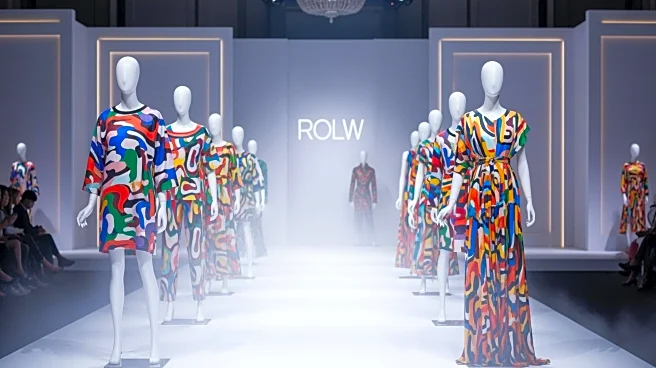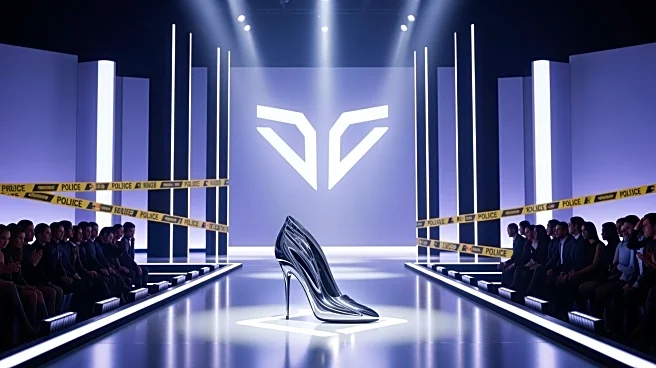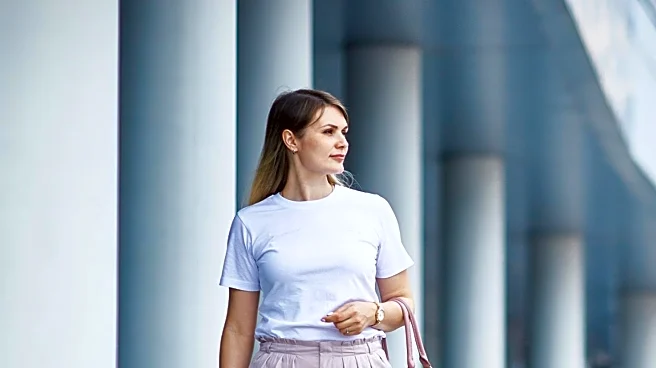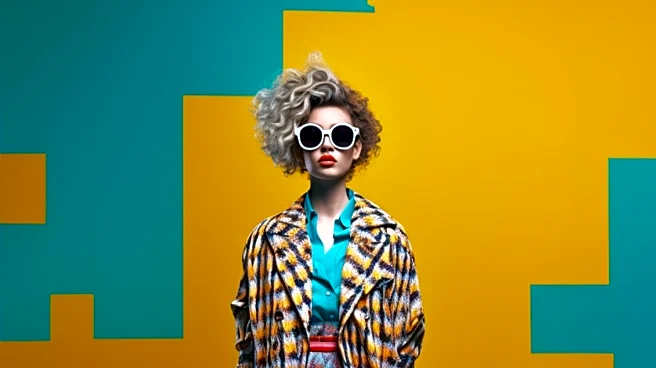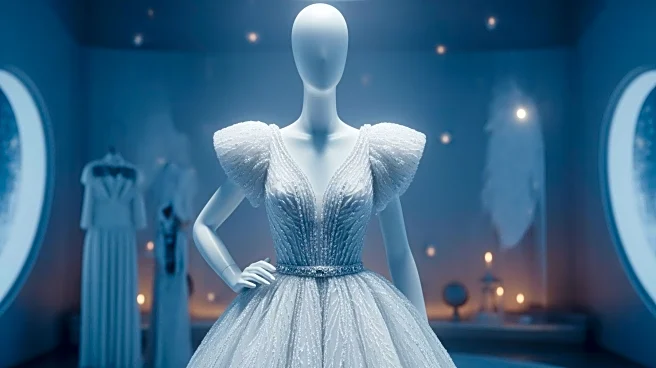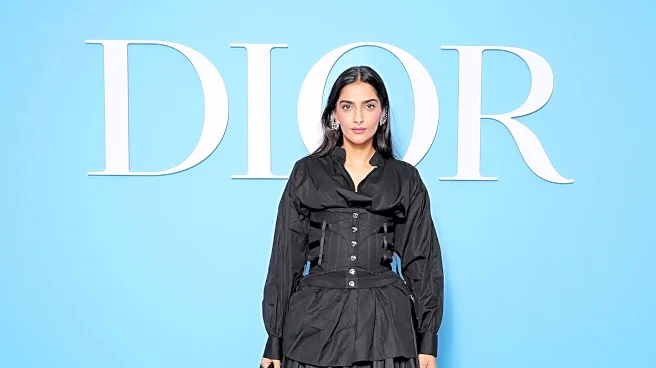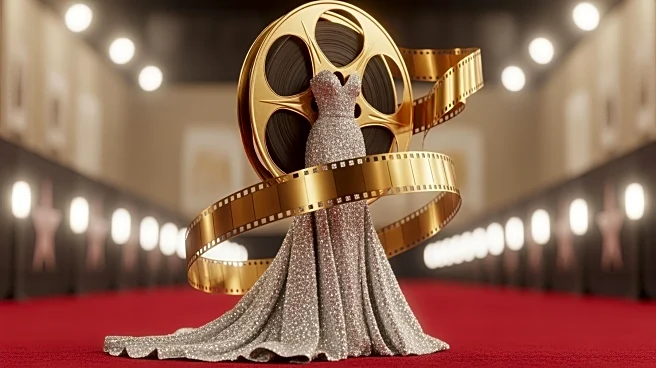What's Happening?
The fashion industry is experiencing a significant shift as several renowned fashion houses debut new creative directions for their Spring/Summer 2026 collections. This season has been marked by a substantial increase in social media engagement, with
a record $881.2 million in Earned Media Value (EMV), reflecting a 5% year-over-year growth. This surge is attributed to a 23% increase in published content, a 22% rise in influencer presence, and a 6% increase in audience engagement. Notably, Jonathan Anderson's first womenswear collection for Dior generated $90.6 million in EMV, a 46% increase from the previous year, making it the standout debut of the season. Other notable debuts include Demna's collection for Gucci and Matthieu Blazy's show for Chanel, which also saw significant EMV gains.
Why It's Important?
The increased social media engagement and EMV highlight the growing importance of digital platforms in the fashion industry. Brands that effectively leverage social media can significantly enhance their visibility and influence, impacting their market position and consumer reach. The success of Dior and other brands in generating high EMV underscores the potential for new creative directions to resonate with audiences and drive brand value. This trend also reflects a broader shift towards integrating digital storytelling and influencer collaborations into traditional fashion marketing strategies, which can lead to increased brand loyalty and consumer engagement.
What's Next?
As fashion houses continue to explore new creative directions, the focus on social media and digital engagement is likely to intensify. Brands may invest more in influencer partnerships and digital content to maintain and grow their audience reach. Additionally, the success of cinematic storytelling and behind-the-scenes content suggests that brands will continue to explore innovative ways to connect with consumers beyond the runway. This could lead to more collaborations with filmmakers and content creators, further blurring the lines between fashion and entertainment.
Beyond the Headlines
The emphasis on social media and digital engagement in the fashion industry raises questions about the sustainability of such strategies. As brands compete for attention in a crowded digital space, the pressure to continuously produce engaging content could impact creative processes and resource allocation. Moreover, the reliance on influencers and digital platforms may necessitate new ethical considerations regarding transparency and authenticity in brand communications.
